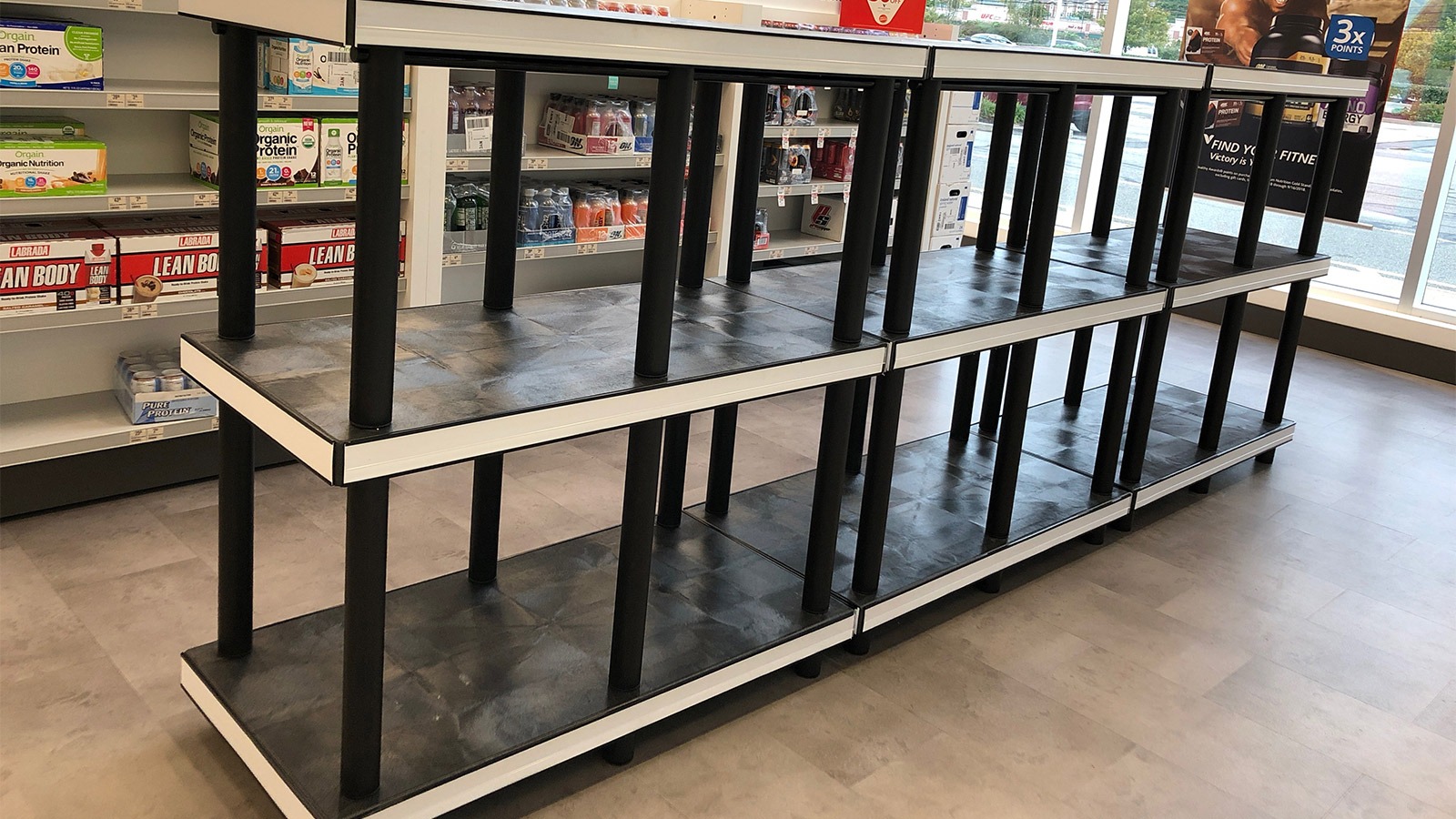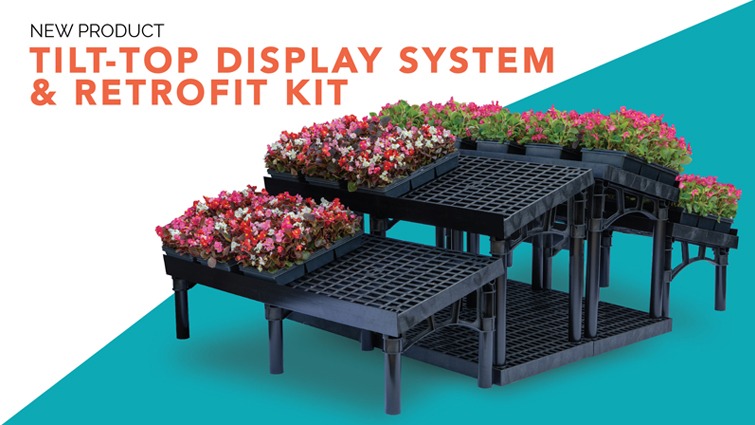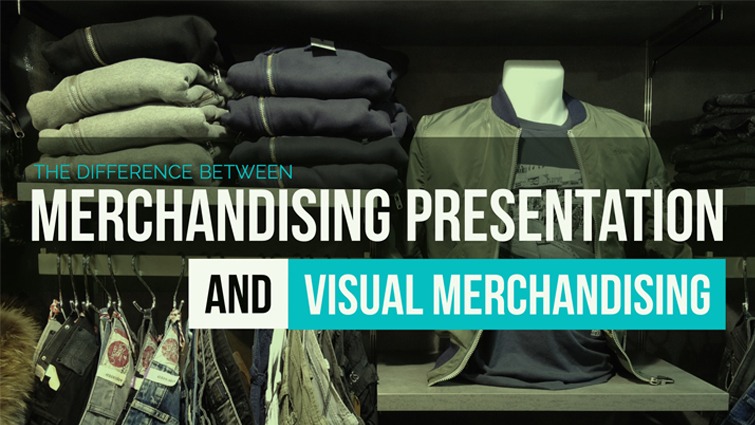How to Give Consumers What They Really Want
Consumerism is rapidly evolving with the rise of advanced technology and the easy dissemination of information. In light of this, marketing and merchandising strategies of brick-and-mortar stores must adapt to the changing needs of consumers to stay on top of their game.
Recent Changes in Consumerism
According to market analytic site Statista, there has been a steady increase in worldwide digital consumerism. The number of online buyers has scaled from 1.79 billion in 2018 to 1.92 billion (and counting) in 2019 and is expected to reach a whopping 2.14 billion by 2021. This is an impressive 28% of the current world population.
The prominent trend is largely relative to Millennials and Generation Z consumers expected to overtake baby boomers as the majority group of consumers. It is important to identify the key characteristics of modern consumerism and shape retail strategies based on leading trends.
The number of online buyers has scaled from 1.79 billion in 2018 to 1.92 billion in 2019. Click To TweetConsumer Solutions
We have identified 4 major factors that can affect the success of retail. Each point emphasizes on the needs of customers, examining some common consumer behaviors and how they affect the buying process.
Convenience
Consumers wish to enjoy their shopping without grueling waiting times and obstacles that slow down the process. After all, some people do call it retail therapy.
Keep popular products well-supplied. It is disappointing for customers and harmful to the brand when a specific ice-cream flavor or shoe size remains out of stock for weeks. There is only so much time a customer is willing to wait out before hopping to the next best thing.
Shoppers react well to any technology that enhances their consumer experience, like the self-checkout counters commonly found in supermarkets. Strategically positioned dump bins and 3 step displays can attract grab-and-go shoppers in their quick stopover to fulfill shopping needs for essential products such as toiletries and home supplies.
Optimize use of commonly overlooked spaces in stores such as the area by the storefront or vestibule (threshold to your store) where you can effectively make a first impression to customers who are in a hurry. Display discounted products in these strategic places for easy pickups but remember to sort them out by theme so your store looks professional and organized.
Better Value
In the world of business, value is king. Apply the concept of comparison: something is only better when there is something else.
It is important to provide customers with product samples as they usually prefer firsthand experiences, rather than simply taking your word for it. There is no need to name-drop a competitor when touting the benefits of a product or service. For example, an ice-cream seller may distribute samples of her latest flavors and promote the product as being “less sweet and more rich than other ice-creams.” Consumers will respond better when they are convinced that they are selecting a superior alternative.
Personalization
The attention span of consumers is getting shorter due to the rise of social media, with information available at the click of a button. Hence, experiential shopping goes a long way.
Modern day consumers look forward to a dynamic personal experience each time they step foot into a store. Gone are the days of the one-dimensional aisle-to-aisle shopping style.
Employ the use of point of sale displays (POSM) with interactive instructional videos. Additionally, you may consider hiring promoters for show and tell sessions targeted at a younger demography. Take for example, Japanese value shop giant, Daiso, employs the use of POSM for the advertising of playing cards by displaying a loop of instructional videos for fancy card tricks.
Add QR codes to products, signage and display graphics that customers can point and shoot with their cameras for access to attractive deals and promotions.
These interactive changes in retail strategy will help personalize the shopping experience and convince consumers to choose retail outlets over eCommerce.
Connected Experiences In-store
It is important to bridge the gap between reality and the cyber world.
Consistency is key. The product images depicted on your site should not be a phony photo-shopped version of the real deal. You may attract customers to your store with glossy images of perfection, but this might not translate to a purchase once they spot the difference. Edit images for a polished presentation of your product, but steer clear from distortions of the truth, modern consumers have a keen eye for detail.
Alternatively, you may consider promoting in-store Instagram contests where real customers post pictures of your products alongside creative captions and hashtags. By involving social media in your marketing strategies, consumers get to connect with fellow shoppers, share reviews and ultimately add authenticity to how your store is perceived.


